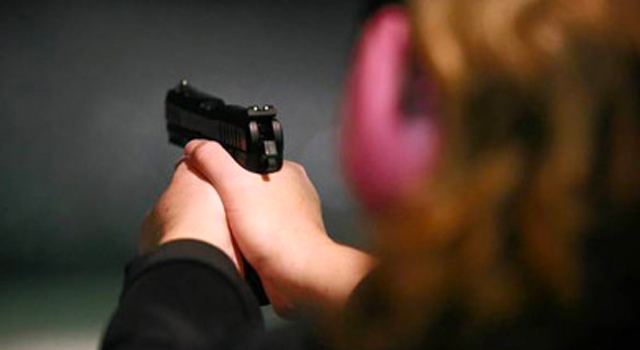
Gun Safety From Other Secondary Dangers
Our focus must always be on gun safety when handling and shooting our firearms. While a gun’s primary danger lies in the discharge of ammunition, there are other secondary dangers in which a gun may be detrimental to the health of the handler and bystanders. The firearm safety rules will always apply to deal with these secondary dangers of shooting guns.
What Are Gun Safety and Secondary Dangers
Danger To Hearing From Noise
When a gun is discharged it emits a very loud noise, typically close to the handler’s ears. This can cause temporary or permanent hearing damage such as tinnitus. Hearing protection such as earplugs (disposable or reusable) or ear muffs (including electronic devices that amplify quiet sounds) should be used to reduce the risk of hearing damage. When we think about gun safety, we also need to think about protecting our senses and body while using a gun. Hearing can be delicate so you want to be proactive and protect it. Here is a great article on Hearing protection: Hearing Protection for the Woman Shooter.
Danger Of Hot Gases And Debris To The Eyes
A gun emits hot gases, powder, and other debris when discharged which could be harmful. Some firearms, such as semi-automatic and fully automatic firearms typically eject spent cartridge casings at very high speeds. Casings are also dangerously hot when ejected and can fly quite a distance. Revolvers store the spent casings in the chamber but will be very hot when you eject them. Any of these may hurt the handler or bystanders through burning or impact damage. Because eyes are particularly vulnerable to this type of damage, eye protection should be worn to reduce the risk of injury. Prescription lenses and various tints to suit different light conditions are available. Protecting your eyes is very important when practicing gun safety.
Dangers From Toxins And Pollutants Such As Lead
Most of us are familiar with the fact that lead is used in making ammunition. Lead is released when a round is fired and the residue is found on the spent casings. There also can be exposure when you clean your firearm. There are some basic things you can do to minimize your risk.
- Use lead-free ammunition
- Keep your hands away from your mouth and eyes and avoid eating or smoking when you are practicing, as any residue may be on your hand.
- Don’t handle spent casings.
- Carry lead removal wipes or wash your hands immediately after shooting.
- Wear surgical gloves when cleaning your firearm.
- Check to make sure your indoor range has good ventilation to remove pollutants.
Read Article “Lead and The Shooting Range”
Dangers From Misfires
Though guns and their ammunition are made to exacting specifications and tolerances and designed to function reliably, misfires and malfunctions of firearms and ammunition do happen.
Misfires are typically caused by some mechanical issue or be related to the ammunition. There are techniques for dealing with the different types of “misfires” related to ammunition. Mechanical “jams” may require professional attention, if your gun is having any mechanical malfunctions, a qualified gunsmith should look at it and repair it. Shooting with a dysfunctional firearm is not only careless, it puts you and others at risk.
Read here to learn How To Clear A Misfeed
Gun Safety and The Danger Of Handling a Gun Impaired
The handling of a gun is a complex task with possible fatal outcomes if done improperly. Firearm safety dictates that a gun must never be handled while under the influence of alcohol, drugs, or legal prescription or over-the-counter drugs. These substances may affect a person’s judgment thus zero tolerance is advocated by firearm safety teachers. This is codified in many states’ penal codes as a crime of “carrying under the influence”, with penalties similar to DWI/DUI.
Exhaustion can also constitute a form of impairment, as your reaction time, cognitive processing and sensory perception are all impaired by sleep deprivation and/or physical exhaustion. Firearm safety; therefore, discourages using guns when exhausted.
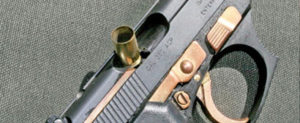

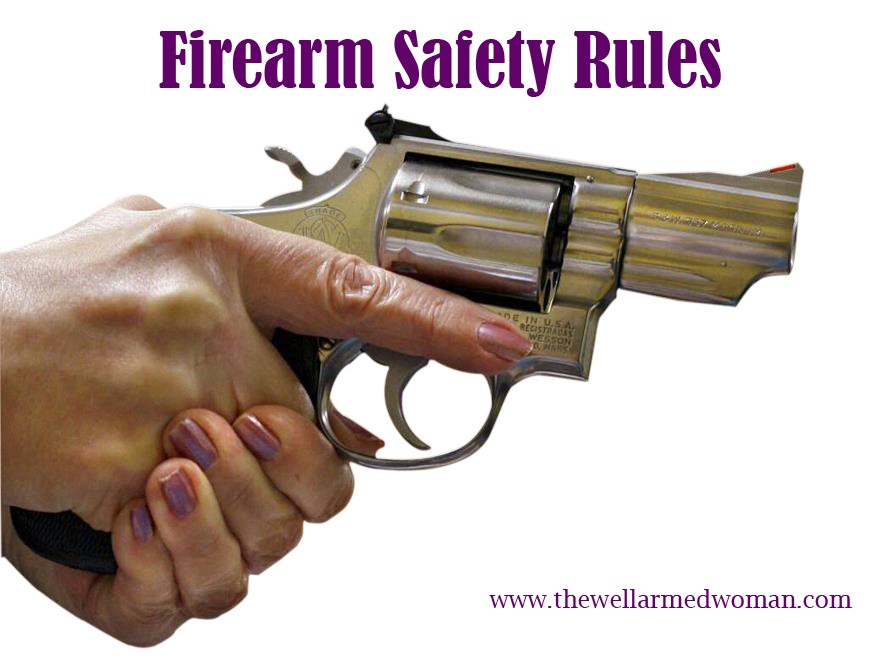
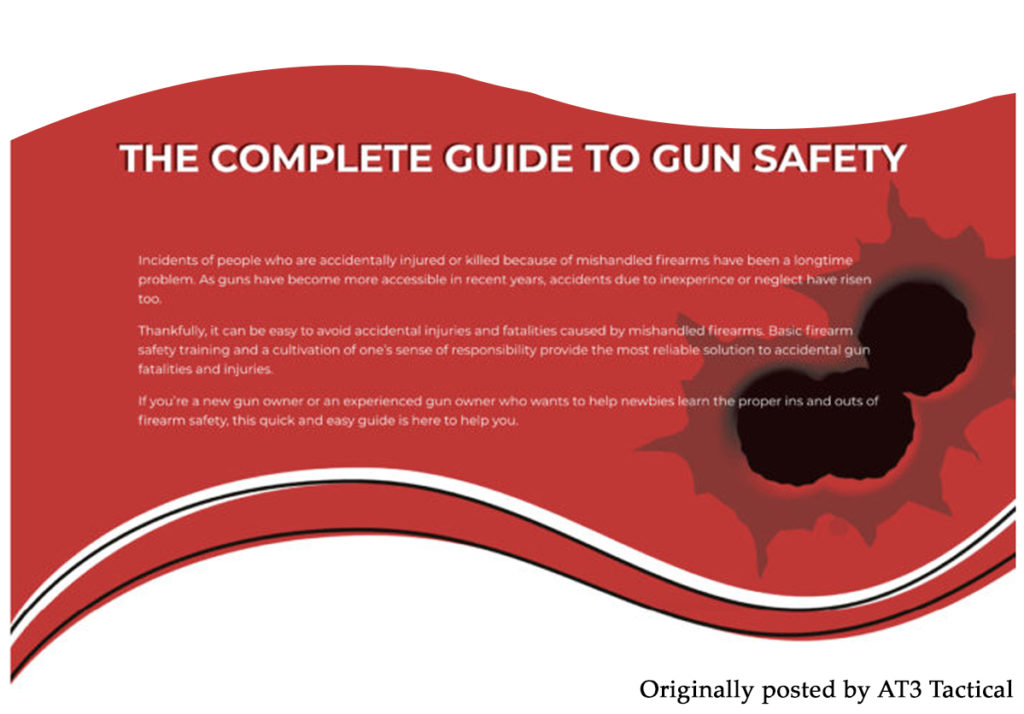
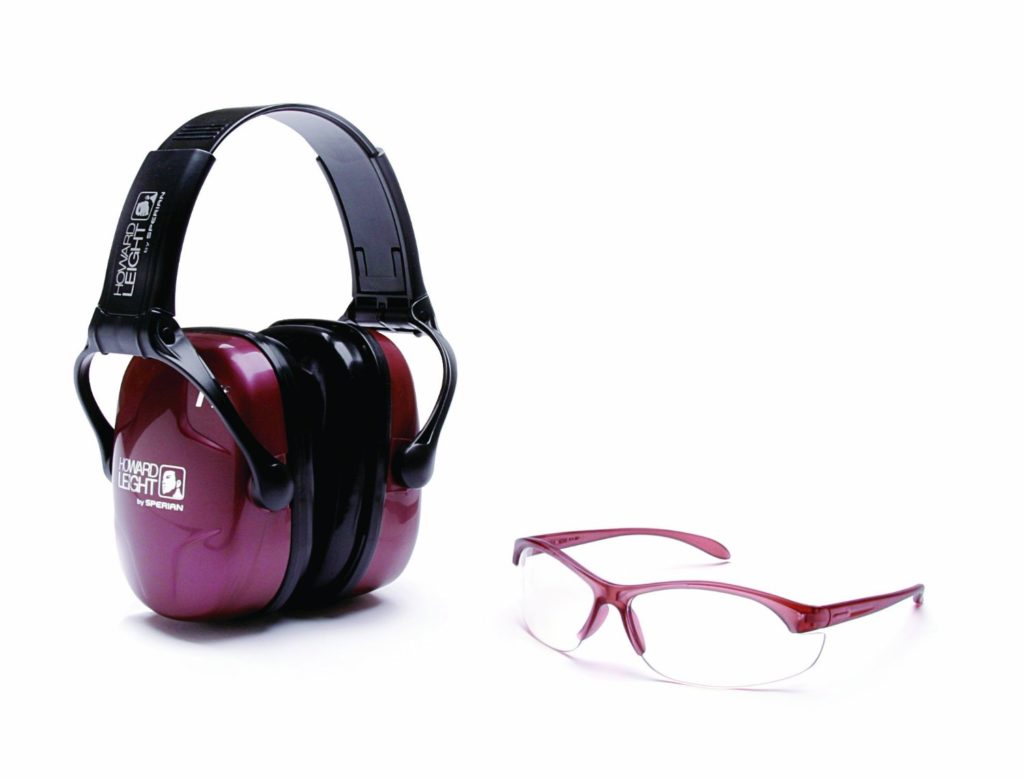

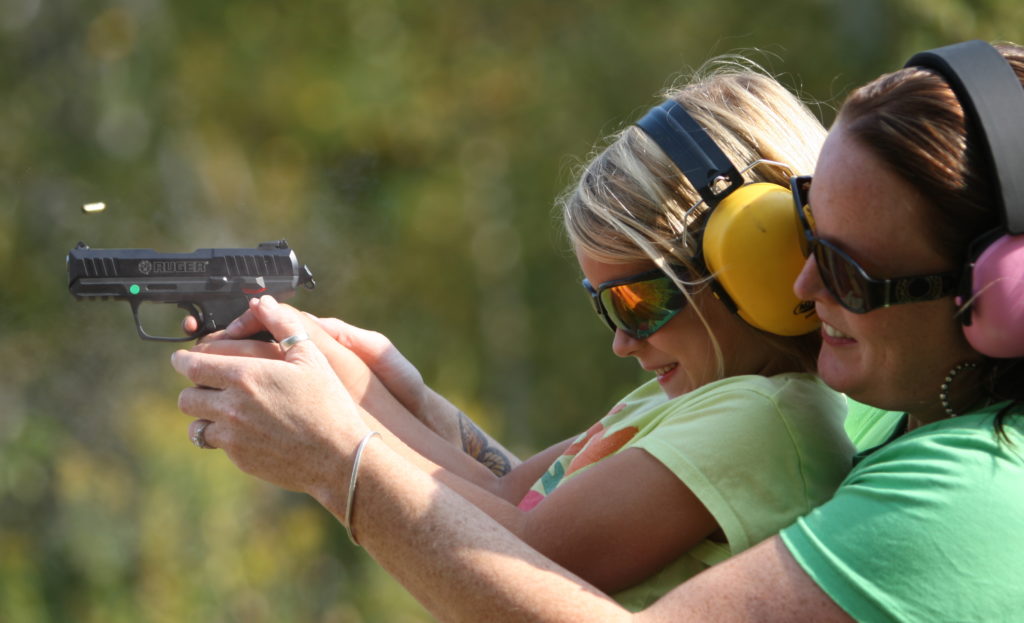
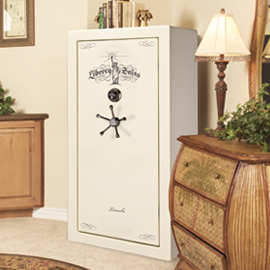
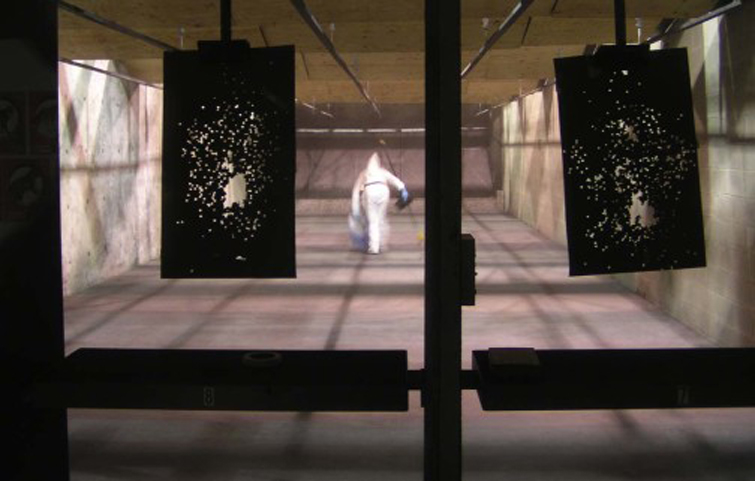
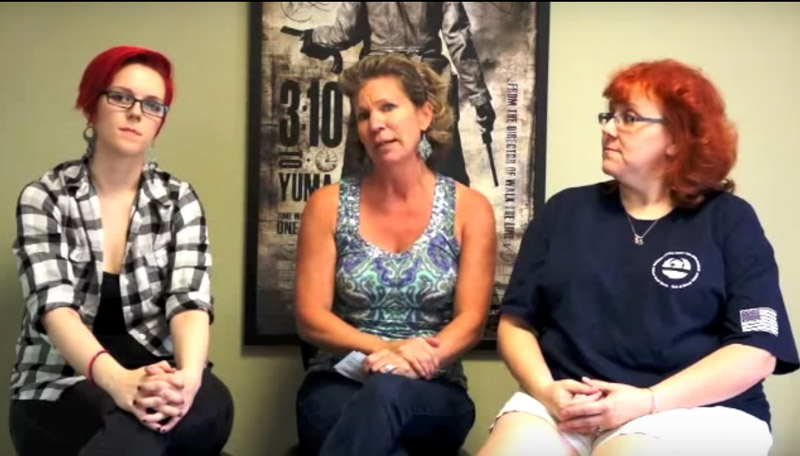


Hi there!
Gun safety should really be the top priority when handling a firearm. We should always keep in mind our own safety and the people around us. This is a good article, very informative and something to think about specially when you’re a new gun owner or just planning to get one. We should always practice every degree or angle of safety for everyone.
Good work!
-Dee
And then there is gun safety from ricochets. Typically unintentional and most likely because the back wall hasn’t been mined lately.
Please add to this the dangers of those shooting around you. My husband and I were in the process of training our children to shoot at a local public range, and made the decision to stop going there when they offered GroupOn coupons for date night, and removed RSO’s from the line and went to video screens that the sales staff watched the shooting line while they were doing their other jobs. We were muzzled twice by inexperienced shooters, and made the decision to never return after we informed the sales staff and the inexperienced shooters were neither trained nor removed.
The up side of this story for us is that we joined a local gun club where I am now one of the trainers for NRA’s Women on Target, and my husband and I are co-shootmasters for their Youth Trap program. The right gun club can foster your growth as a shooter in ways a public range just can’t. Go check out what’s available in your area!
For other newbies ( like myself) , check out what @being muzzled” means. Scary!
https://www.gunnuts.net/2015/08/13/dont-be-an-idiot/
One of the most serious “secondary” safety issues at a range is the unknown shooter in the next lane. 1. Unknown skill level, 2. unknown safety orientation, 3. unknown purpose for being there. I try to get an end lane whenever I can do I only have one potential problem to deal with. Then I observe for a few minutes to judge the skill level of adjacent shooters as well as their safety practices. I still don’t know their plan but at least I can feel somewhat secure about my own safety. By plan I mean that some people may not be at the range for obvious reasons. On many occasions shooters have committed suicide or shot someone else at a range. You just don’t know. As always pay attention to your surroundings and be aware of anything out of the ordinary or weird actions from someone. Report questionable situations to the range officer.